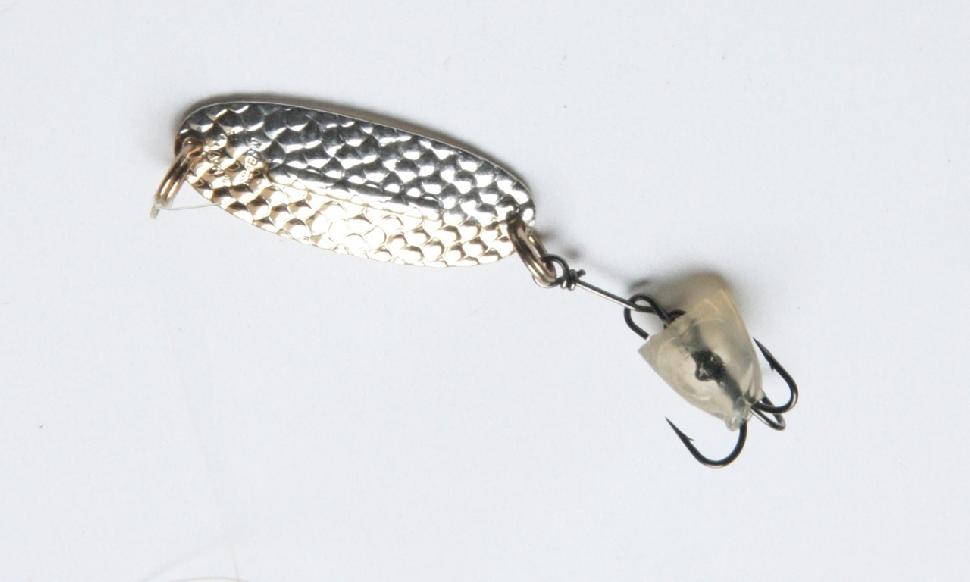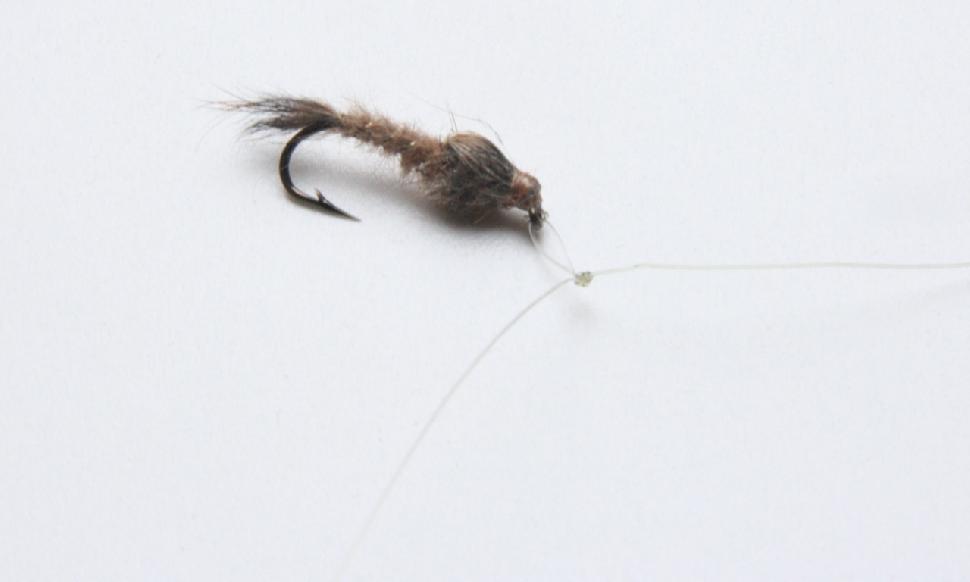Deadly droppers
Ice more perch, crappie, bluegills and whitefish the simple, lethal Michigan rig
Advertisement
If you like to target panfish, including yellow perch, black crappie and bluegills, you need to try the Michigan rig—a trout fly on a dropper line, suspended 18 inches or so above your jig or spoon. It’s simple to put together, and oh so deadly.
The easiest way to prepare this rig is to slide a nymph or streamer up the line, then tie it in place with a loop knot, my favourite being the Huckabee loop. The beauty of a loop knot is that your fly isn’t anchored to one spot, but rather free to move around within the circle of the knot.
Advertisement
Alternatively, you can lay a short piece of two- to four-pound-test monofilament or fluorocarbon line alongside the end of your mainline and connect them together using either a double or triple surgeon’s knot. Then trim the dropper line so your fly is on a one- or two-inch leash.
I always start with a #10 or #12 Gold Ribbed Hare’s Ear, but any mayfly or caddisfly imitation, or streamer, will work when you suspend it above your principal offering. And that’s the thing about the Michigan rig: you never know which bait the fish are going to strike.
Some days, you’ll catch most of the fish on the jig or spoon. Then, for no rhyme or reason, the fish will switch over and start hitting the fly. It’s a point worth emphasising, because the reason for fishing with the Michigan rig is not to catch two fish at once—although it does happen—but to give the fish a choice for dinner.
Advertisement
I strongly suspect, too, that jumbo perch, slab crappies and bull bluegills are at first attracted by the flash and vibration of the lure on the end of the line. But when they see the fly fluttering above them, they can’t resist sucking it in.
And don’t forget, a substantial portion of the panfish diet during the winter months is comprised of the protein-laden, easy-to-access insects crawling along the bottom of the lake. In effect, your fly matches the hatch. Be sure not to jig too aggressively, and pause often in order to let the fly waft gently above the lure.
Advertisement
If you ice fish for whitefish, meanwhile, you’ll have days when the Michigan rig absolutely destroys them. I like to use a heavier than -normal spoon for the depth, and drop it onto the bottom so that it kicks up a storm of dust, imitating a whitefish sucking in mud and sifting out the edible insects and crustaceans. Your fly suspended above this miniature maelstrom will look like a wriggler that has been stirred up, so any nearby whitefish is bound to rush over to steal it.
The Michigan Rig


